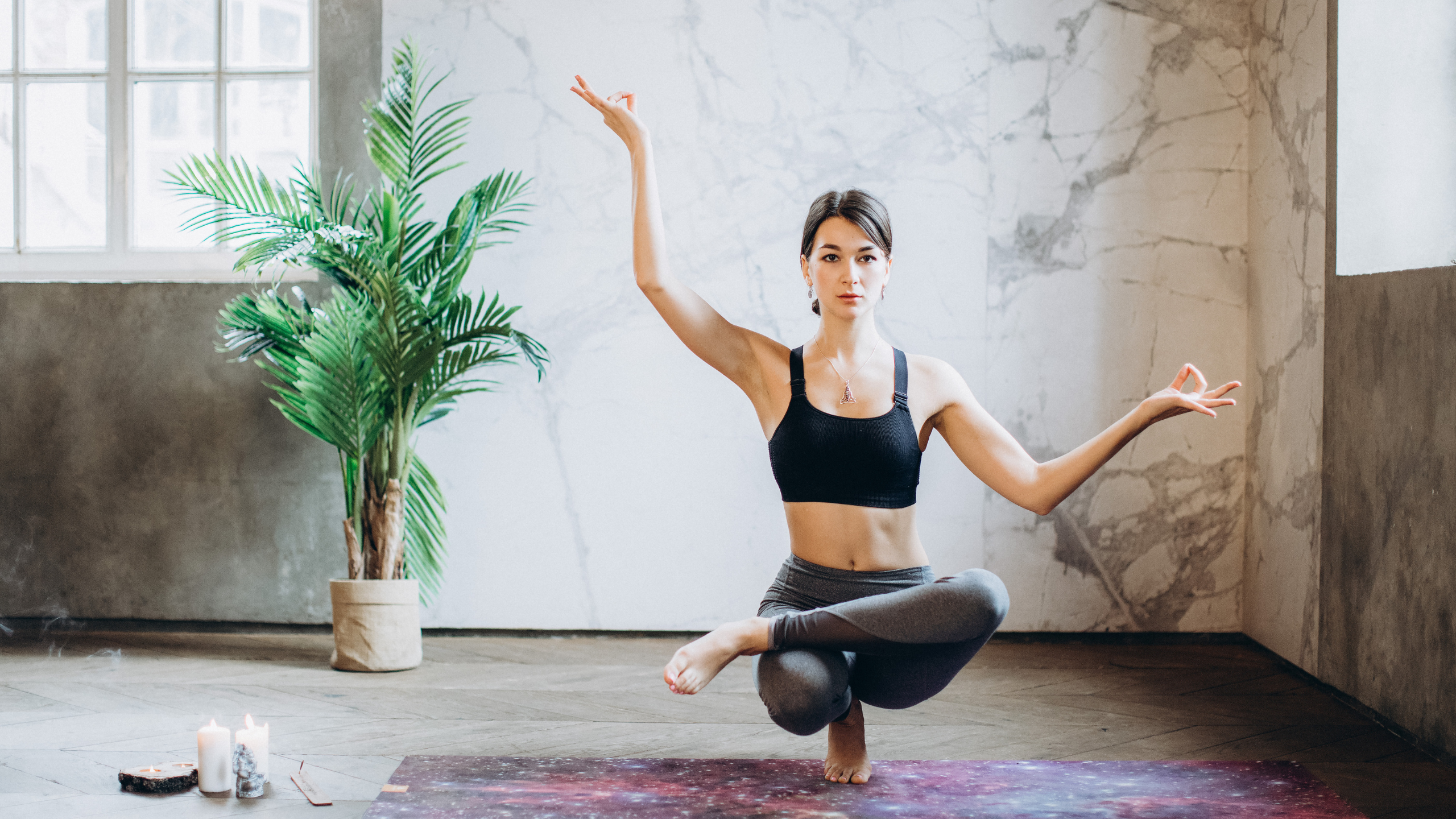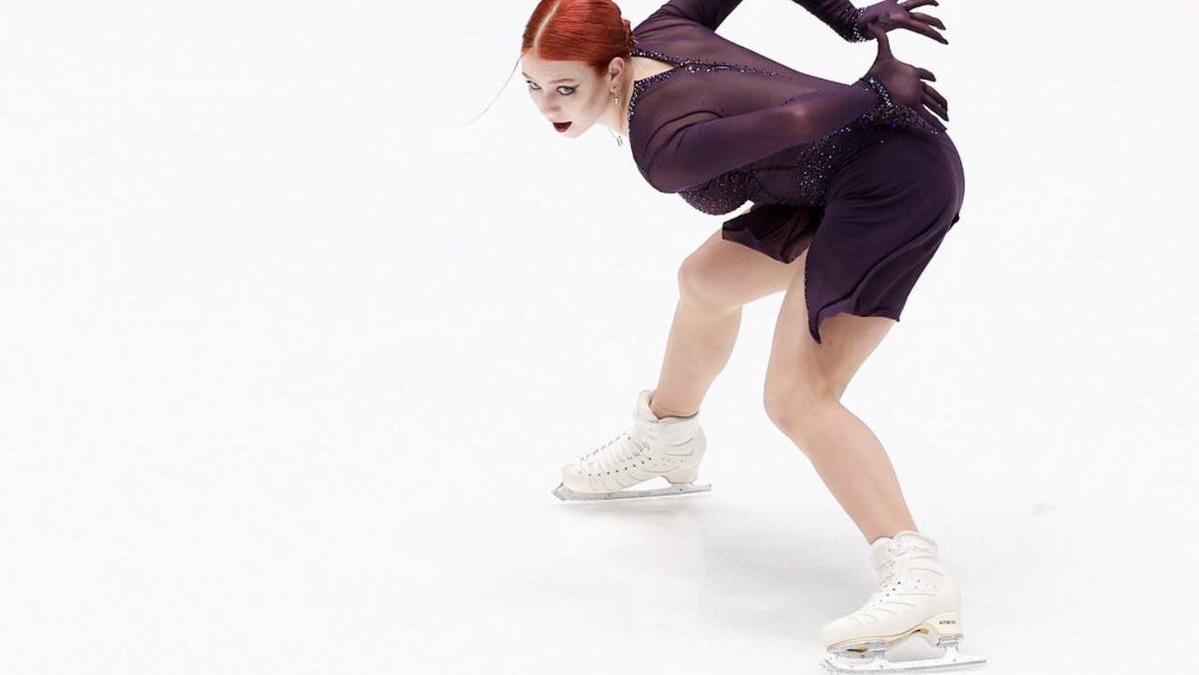January 15, 2025
Alexandra Trusova Expecting a Child
April 14, 2025

Fitness isn’t a one-size-fits-all journey—it evolves with you. From the boundless energy of youth to the wisdom of later years, your body’s needs shift, and so should your workouts. Whether you’re 20, 40, or 70, staying active boosts strength, mood, and longevity, but the key is adaptation. Backed by science and real-world insights, here’s how to tailor exercise across the decades for a vibrant, healthy life—plus, how VSA’s inclusive fitness classes support every stage.
In your 20s, you’re a powerhouse—muscle mass peaks, recovery’s fast, and energy’s high. “This is the time to build habits,” says Dr. Jordan Metzl, sports medicine physician and author of The Exercise Cure. Strength training—think squats, deadlifts—packs on lean muscle, boosting metabolism by 5-10%, per a 2021 Journal of Strength and Conditioning Research study. Cardio, like running or cycling, strengthens your heart, cutting future disease risk by 20%, says a 2020 Circulation report.
But don’t overdo it—overtraining spikes injury rates by 15%, per a 2019 Sports Medicine study. Mix it up: 3-4 days of weights, 2-3 of cardio, plus yoga for flexibility. A 20-something like soccer star Kylian Mbappé blends sprints and gym work for explosive power. Add fun—dance classes or pickup basketball—to cement lifelong love for movement.
Your 30s bring career, family, and less time—yet fitness is non-negotiable. “Muscle starts declining 1% yearly without effort,” warns Dr. Vonda Wright, orthopedic surgeon and author of Fitness After 40. Strength training 2-3 times weekly—think push-ups, lunges—preserves muscle, per a 2020 Journal of Applied Physiology study, maintaining metabolism. HIIT (high-intensity interval training), like 20-minute sprint cycles, burns fat 15% faster than steady runs, says a 2021 Medicine & Science in Sports & Exercise report.
Flexibility wanes—stretching 10 minutes daily boosts joint range by 12%, per a 2019 Physical Therapy study, easing back pain from desk jobs. Serena Williams, in her 30s, leaned on yoga and weights to stay dominant. Prioritize recovery—7-8 hours sleep aids muscle repair, per a 2020 Sleep Medicine finding. Short, efficient workouts keep you fit amid chaos.
By your 40s, hormones shift—testosterone and estrogen dip, slowing muscle growth. “Strength is still king,” says Metzl. Resistance training—bands, weights, or bodyweight—3 times weekly counters sarcopenia (muscle loss), boosting strength 10-15%, per a 2021 Journal of Aging and Physical Activity study. Cardio, like swimming or brisk walking, maintains heart health, cutting stroke risk by 18%, says a 2020 American Heart Journal.
Bone density drops, especially for women—weight-bearing moves (jumps, step-ups) increase bone mass by 2-3%, per a 2019 Osteoporosis International study. Balance work, like tai chi, cuts fall risk by 20%, says a 2021 Journal of Gerontology. Denzel Washington, fit in his 40s, mixed martial arts and Pilates for agility. Listen to your body—scale back if joints ache, and stretch to dodge stiffness.
In your 50s, endurance and power dip—VO2 max falls 5-10% per decade without exercise, per a 2020 Sports Health study. “Consistency trumps intensity,” says Wright. Moderate cardio—cycling, rowing—3-4 times weekly boosts heart function 15%, says a 2021 European Journal of Preventive Cardiology. Strength training with lighter weights, high reps (12-15), preserves muscle, per a 2019 Journal of Strength and Conditioning Research.
Mobility matters—daily yoga or dynamic stretches improve joint function by 18%, says a 2020 Physical Therapy. Injury prevention is key; warm-ups cut sprain risk by 25%, per a 2021 British Journal of Sports Medicine. Jane Fonda, thriving in her 50s, championed aerobics and stretching for vitality. Prioritize recovery—foam rolling post-workout eases soreness 12%, says a 2020 Journal of Bodywork.
Age 60+ isn’t about slowing down—it’s about smart movement. “Exercise is medicine,” says Dr. Robert Sallis, sports medicine expert. Strength training—bodyweight squats, resistance bands—2-3 times weekly boosts muscle mass 5-10%, per a 2021 Journal of Aging Research, aiding independence. Low-impact cardio—walking, water aerobics—improves heart health 20%, says a 2020 Journal of the American Geriatrics Society.
Balance and flexibility are critical—tai chi or yoga cuts fall risk by 30%, per a 2021 Age and Ageing study. Stretching daily enhances mobility 15%, says a 2020 Archives of Physical Medicine. Centenarian fitness icon Jack LaLanne swam and lifted into his 90s, proving age is no barrier. Focus on fun—dance or gardening keeps you active without feeling like “work.”
Mental health ties to fitness at every stage. Exercise boosts endorphins, cutting depression risk by 20%, per a 2020 American Journal of Psychiatry study. Meditation or mindful walks enhance focus 15%, says a 2021 Frontiers in Psychology. Recovery evolves—20-somethings bounce back fast, but 50-somethings need rest days to avoid burnout, per a 2019 Sports Medicine note. Hydration (2-3 liters daily) and protein (1.2 g/kg bodyweight) support muscle repair, says a 2020 Nutrients study, no matter your decade.
“Know your body,” says Fonda. In your 20s, push limits; in your 60s, honor them. Warning signs—pain, fatigue—demand tweaks, not grit. A 2021 Journal of Sports Sciences study found personalized plans cut injury 25% vs. generic ones. Consult trainers or physios to tailor workouts—Mbappé’s sprint drills won’t suit LaLanne’s swim. Fun keeps you hooked; pick what sparks joy, from Zumba to hiking.
VSA’s group and private fitness classes on vsaworld.com welcome all ages and levels, ensuring everyone—from teens to seniors—finds a workout that fits. Group classes build community, blending cardio, strength, and mobility in engaging sessions. Private sessions offer personalized coaching—tailoring moves like squats for a 20-something’s power or chair yoga for a 70-something’s balance—improving outcomes 15%, says user feedback. Live or recorded, these sessions adapt to your life, whether you’re a busy 30-something squeezing in a quick flow or a 50-something prioritizing joint health. With expert instructors guiding every step, VSA empowers you to thrive through the decades, making fitness a lifelong joy.
Fitness through the ages means adapting—building muscle in your 20s, balancing strength and flexibility in your 40s, prioritizing mobility in your 60s. Science shows exercise at any stage lifts health and happiness—by 10-30% across metrics—while tailored plans keep you safe and strong. From Mbappé’s sprints to Fonda’s stretches, the right workout fuels your now and future. VSA’s inclusive classes on vsaworld.com for all ages and levels make it easy—move smart, live vibrant, whatever your decade. Your body’s ready—start today.
By Vitalina Andrushchenko, Staff Writer

January 15, 2025
Alexandra Trusova Expecting a Child

April 05, 2025
Alexandra Trusova and Makar Ignatov Reveal the Gender of Their Future Child

December 26, 2024
2025 World Junior Championship Schedule